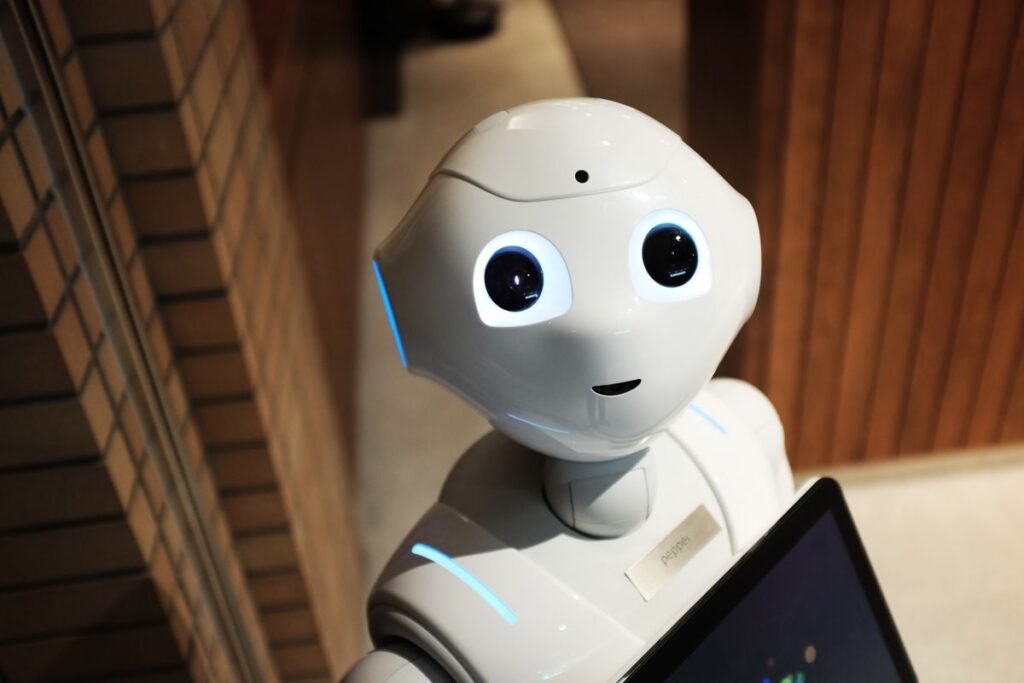Have you ever wondered how your computer or smartphone manages to do so many things seamlessly? When you open an app, play music, or browse the internet, who’s working behind the scenes to make it all happen? The answer is the Operating System, or OS for short.
Today, April 3, 2025, let’s dive into what an OS is, why it’s incredibly important, and how it powers every moment of your digital life. If you’re new to technology or just want a clear explanation of what is an OS, this post is for you.
What Exactly is an Operating System (OS)?
Simply put, an operating system is the most crucial piece of software on your computer or mobile device. Its main job is to manage all the device’s hardware and software resources. Think of it as the master controller or the bridge connecting you (the user) to the physical parts (hardware) of your device.
Consider your computer’s components: the keyboard, mouse, monitor, hard drive, processor (CPU), memory (RAM) – these are all hardware. The applications you use, like your web browser, media player, or word processor, are software. The Operating System coordinates communication between these two worlds.
Some popular examples of operating systems include:
- For computers: Windows, macOS, Linux
- For mobile devices: Android, iOS
Without an OS, your device would just be a collection of electronic parts, unable to perform any tasks.
Why is an Operating System So Important?
A Computer OS or a mobile OS performs several vital functions that make your device usable:
- Hardware Management: The OS ensures that the CPU, memory, storage drives, and input/output devices (like keyboards, mice, printers) work correctly and communicate effectively with each other.
- Software Management: When you launch an application, the OS allocates the necessary resources (like memory and CPU time) to run it smoothly. It also handles multitasking, allowing you to run multiple apps simultaneously.
- User Interface (UI): The OS provides a way for you to interact with your device. This could be a Graphical User Interface (GUI), where you use icons, menus, and a mouse (like in Windows or macOS), or a Command-Line Interface (CLI), where you type text commands (common in Linux). Without a User Interface, interacting with the device would be extremely difficult.
- File Management: How data and files are stored, organized (into folders), and accessed on your device is controlled by the operating system’s File System.
Essentially, the OS acts as an intermediary, translating your commands into actions that the hardware can understand and execute.
Let’s Use a Simple Analogy
Imagine a busy restaurant. The restaurant manager is our Operating System.
- The kitchen, chefs (CPU), refrigerator (Storage), and waiters (Input/Output Devices) are the Hardware.
- Customers (Users) place orders (Commands/Instructions).
- The manager (OS) takes the order, tells the chef (CPU) what to cook, ensures ingredients are available in the fridge (Storage), and uses the waiters (I/O) to deliver the food (Output).
- The manager also makes sure multiple orders (running multiple applications) are handled efficiently at the same time.
Just as the manager keeps the entire restaurant running smoothly, the Operating System keeps your device functional and responsive. A restaurant can’t operate without a manager, and a device can’t operate without an OS.
Key Components of an OS (A Bit More Technical)
While we’re keeping things simple, it’s good to know a few core technical parts of an OS:
- Kernel: This is the absolute core or heart of the operating system. The kernel communicates directly with the hardware and manages the most essential tasks, like process management and memory allocation. It’s the engine of the OS.
- Device Drivers: These are small software programs that allow the OS to recognize and communicate with specific hardware components (like a printer, graphics card, or webcam). Each piece of hardware usually needs its own driver.
- User Interface (UI): As mentioned earlier, this is how the user interacts with the system. GUI (graphical) and CLI (command-line) are the main types.
- File System: This defines the structure for storing data. It determines how files and folders are created, named, and physically stored on the disk. Examples include NTFS (Windows), APFS (macOS), ext4 (Linux), and FAT32 (used across various devices).
Popular Operating Systems Today
There’s a wide variety of operating systems available, designed for different types of devices:
- Microsoft Windows: The most widely used desktop OS globally. Known for its user-friendliness and vast software compatibility.
- Apple macOS: Used exclusively on Apple’s Mac computers. Praised for its sleek design, strong performance, and ecosystem integration.
- Linux: An open-source OS, very popular for servers and among developers. It comes in many different versions called distributions (like Ubuntu, Fedora).
- Google Android: The world’s most popular mobile OS for smartphones and tablets. It’s open-source and highly customizable.
- Apple iOS: The operating system for Apple’s iPhone and iPad. Known for its ease of use, security features, and robust app store.
Final Thoughts
Hopefully, this discussion has given you a clear understanding of what an Operating System (OS) is and why it’s fundamental to any modern computing device. It’s the unsung hero working tirelessly behind the scenes, interpreting your requests and masterfully managing the complex world of hardware and software. The next time you power up your computer or unlock your phone, take a moment to appreciate this essential piece of software that makes your digital experience possible!
Primary English Keywords Used: Operating System, What is an OS
Secondary English Keywords Used: Computer OS, Hardware and Software, User Interface, File System




